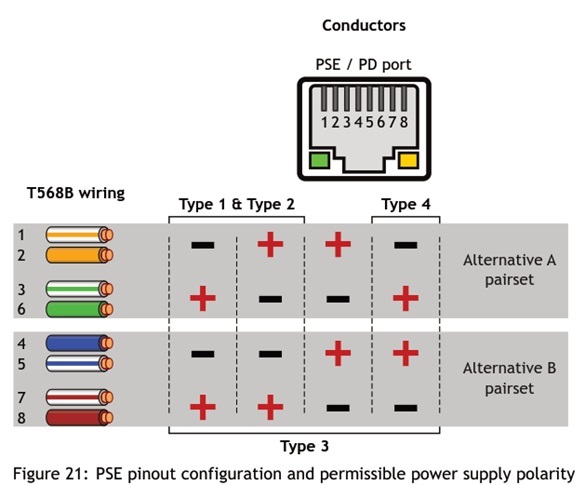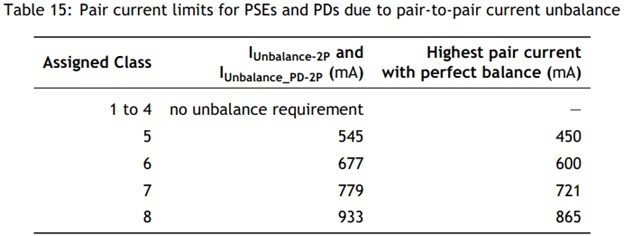Other Parts Discussed in Thread: TPS23881, TPS2372
Hi,
TPS2372-4EVM-006 is support AutoClass function which defined in 802.3bt spec. From what I know, the function of AutoClass is use to detecting actual power at port PI and re-allocate power afterward, which is quite similar to the dynamic mode of power management, isn't it? What's the difference between these functions?
Furthermore, there are few ways to achieve AutoClass according to 802.3bt spec, apart from physical layer AutoClass, it is also possible to request an AutoClass measurement from the PSE by using LLDP protocol. This allows the PD to use AutoClass, even if it is unable to meet the physical layer AutoClass timing requirement to enable the PD maximum power draw immediately after power up since device is in booting stage. I'm not sure about how it works via LLDP, could you please explain for me?
LLDP protocal is based on TLVs which probably is a kind of protocol for MDI interface between PHYs, I guess. I am confusing how does the PSE and the PD communicate with each other via MDI interface since TLVs will be recognized by PHYs instead of both the PSE and the PD?
Thank you.





